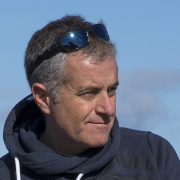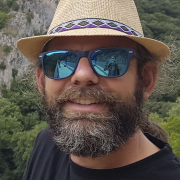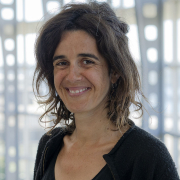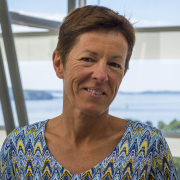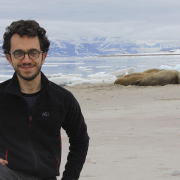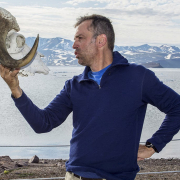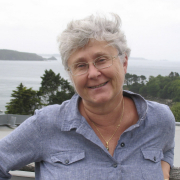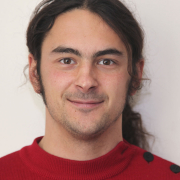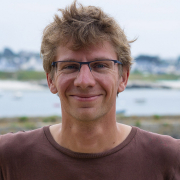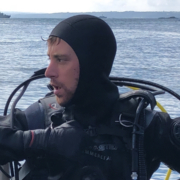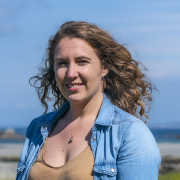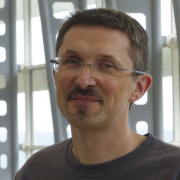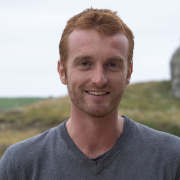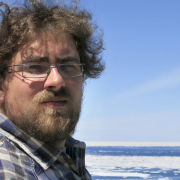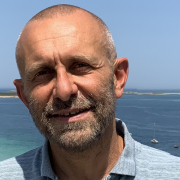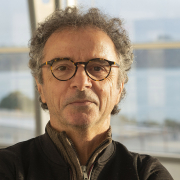Copyright : Laboratoire LEMAR- 2018
Scientific diving
It is a research tool widely used by researchers, engineers and technicians working in the coastal field.
Several hundred dives are carried out annually by IUEM divers. Most of these dives are devoted to carrying out experiments, collecting living material, taking pictures and videos and installing and taking over measuring devices or experimental devices.
IUEM divers hold a Certificate of Hyperbaric Ability (CAH), governed by the texts of Ministry of Labour. They regularly dive into Brest. They are brought to dive both on all the French coasts, of metropolis and overseas, as well as abroad. Moreover, for the past fifteen years or so, the Brest team has specialized in polar diving, whether in the Arctic or Antarctic.
IUEM's sea means
The Albert Lucas
The Albert Lucas is an oceanographic research boat that allows us to observe the coastal environment in order to better understand its evolution. Inaugurated in June 2010, it is the joint property of The European University Institute of the Sea and Iroise Marine Natural Park.
As a station ship, it operates up to 20 miles from the coast (approx. 32km), at an average speed of 10 knots (approx.18km/h). It therefore operates mainly in the bay of Brest and within the perimeter of the Iroise Marine Natural Park. That is 3.500km² from the island of Sein to that of Ouessant and up to the limits of the French territorial waters.
This area benefits from a particularly favourable geographical situation for the development of research on the evolution of coastal systems. The on board the ship's multi-purpose equipment allows researchers from various disciplines (biology, geology, chemistry, ecology, physical and chemical oceanography) to carry out multiple works. The Albert Lucas also serves to set up a network of observation of the coastal domain, the objective of the Institute as an Observatory of the Sciences of the Universe. The ship is also used for training missions with IUEM students, allowing them to learn modern oceanography techniques. Moreover, it meets the need for knowledge and protection of the marine environment of the Iroise Marine Natural Park. The ship can also deploy and retrieve geophysical instruments, provide dive assistance missions and participate in the testing of new experimental methods.
L'Albert Lucas is part of the Flotte Océanographique française. The release schedules and their objectives are planned from a system of call for tender. It can be mobilised practically all year round by a professional crew for day trips.
The Albert Lucas bears the name of a marine biologist, specialist and pioneer in shellfish aquaculture, who participated in the creation of the Brest Faculty of Science. He was also at the origin, in the 1950s, of the Société d'Etude et de la Protection de la Nature en Bretagne (today Bretagne Vivante), the magazine Penn ar Bed and the first nature reserves of Brittany.
The Hésione
The Hésione is a lightweight 6.15m Aluminium boat (Hard 21). It can hold up to 6 people to sail during the day, in the bay of Brest and the Iroise Sea. Equipped with depth sounder, GPS, stem for CTD and Niskin tank, it can also ground and carry out diving assistance missions. Thanks to its size it can be used in rivers and put on trailers.

